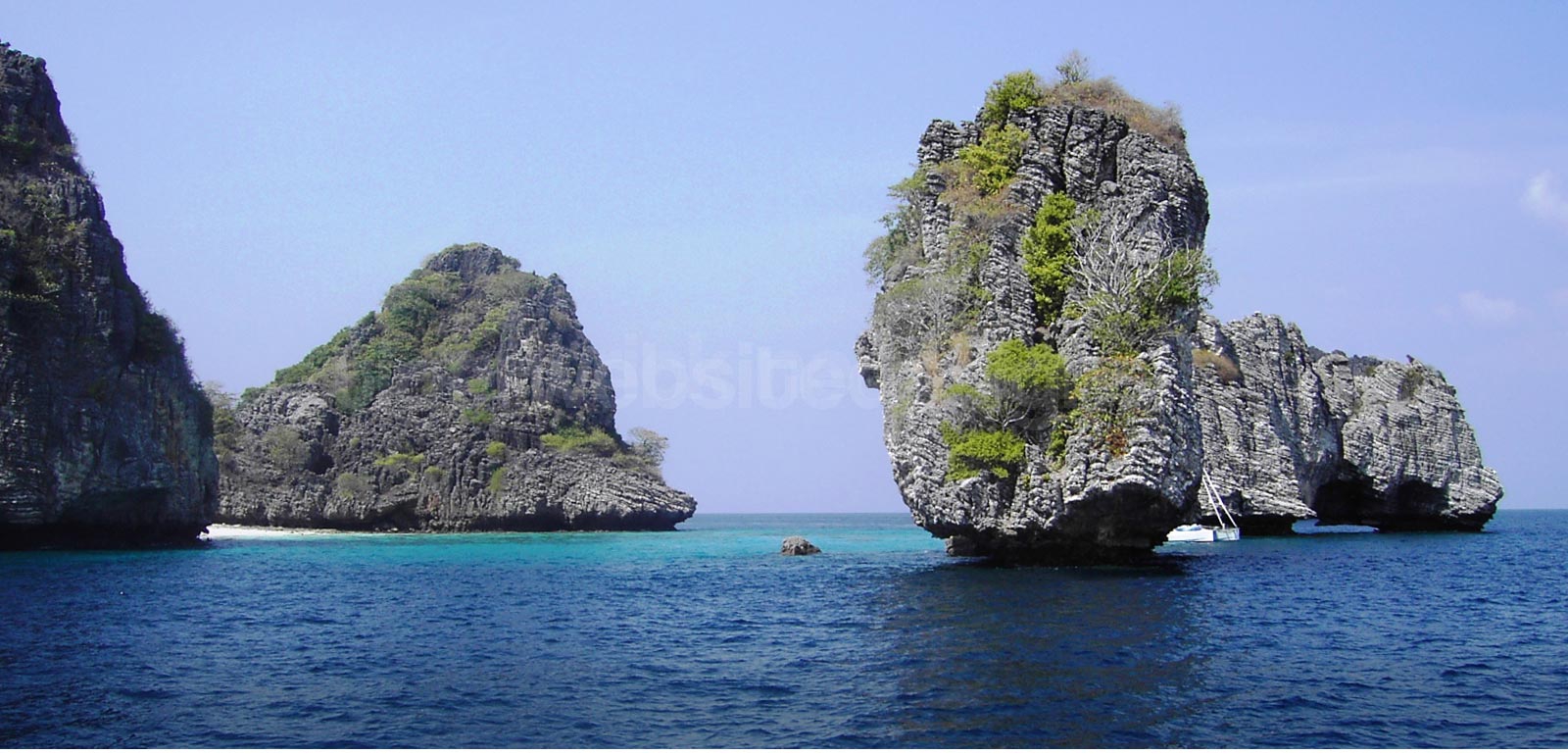Diving in Southern Thailand
Hin Daeng and Hin Muang
South of Phuket and Koh Phi Phi, towards the border with Malaysia lie some more excellent dive sites.
Hin Daeng (Red Rock) and Hin Muang (Purple rock) are truly world class sites, offering steep walls, big fish and lush soft coral gardens. Whalesharks and manta rays are seen here quite regularly.
Koh Ha
Koh Ha on the level of Koh Lanta and exists out of 5 small islands (Ha is Thai for five). Here we can find several dive possibilities and it's also a great spot for a night diving. The highlight dive at Koh Ha is at a fantastic cavern, also known as 'Koh Ha Cathedral'.






















